Gloria, Hallelujah: The Marathon Stars Blogathon
What’s the Marathon Stars blogathon, you may ask? It’s an event that invites participants to select a performer that they’ve seen in no more than three movies, and then view and write about at least five of that performer’s features that are new to them.
When I read about this event, I immediately thought of Gloria Swanson – I loved her in Sunset Blvd. (1950), but other than that, I’d never seen her in any other feature. And I knew that this blogathon would give me the perfect motivation for discovering her earlier work. (By the way – SHAMELESS PLUG ALERT – if you’re interested in reading more about Sunset Blvd., you might want to buy a copy of the 2023 Giant Dark Pages newsletter, which is all about this first-rate noir. Just $10! To order, just click here and go to “Special Issues Available.”)
Swanson was born in Chicago on March 27, 1899, the only child of Adelaide and Joseph, a civilian official in the U.S. Army transport service. At the age of 15, after visiting Chicago’s Essanay movie studios with an aunt, the teenager was tapped to be an extra in a motion picture, and a short time later, she was hired as a stock player at $3.25 a week. Among her films there were 1914’s Sweedie Goes to College, where she met Wallace Beery, who would become her first husband; Swanson followed him to Hollywood and the two married on Swanson’s 17th birthday but, by all accounts, the union was a dismal failure, and they were divorced within two years. Swanson would go on to rack up five more husbands; her sixth husband, writer and musician William Dufty, from 1976 until her death in 1983. Dufty, who was 16 years Swanson’s junior, was the co-writer of Lady Sings the Blues, the autobiography of singer Billie Holiday on which the 1972 Diana Ross film was based. He was also the ghostwriter for Swanson’s 1980 autobiography, Swanson on Swanson.
Meanwhile, once in Hollywood, Swanson signed with Mack Sennett, playing in such comedies as Teddy at the Throttle, in which she was tied to a railroad track by Wallace Beery. Later, she signed with Triangle, starring in a series of dramas for that studio, then began working with Cecil B. DeMille, who released his films through Paramount Studios. She remained with Paramount until 1926, becoming the studio’s highest paid star in movies like Male and Female (1919) and The Affairs of Anatol (1921). She was once quoted as saying, “I have decided that when I am a star, I will be every inch and every moment the star. Everybody from the studio gateman to the highest executive will know it.”
And speaking of stars, I think it’s time to kick this marathon into gear! Here are the five Gloria Swanson films I watched for my star marathon:
Manhandled (1924)
I chose Manhandled as my first Swanson film because I’d read a description of it as the second film (in addition to Sunset Blvd.) where Swanson does an imitation of Charlie Chaplin. Tried as I might, I didn’t find what they were referencing, but I really enjoyed the film.
In this silent feature, Swanson stars as Tessie McGuire, a department store salesgirl who accepts a party invitation when her boyfriend (Tom Moore) chooses work over a date with her. At the party, Tessie does an impression of a Russian Countess, which she parlays into a gig at a posh tearoom, but she discovers all too often that she’s “manhandled” by the gents she encounters in this upper crust society.
The first thing I noticed about this film was the opening credits. Swanson’s name was above the title, but the rest of the cast was listed under the heading of “Supporting Miss Swanson.” (WOW. I have never seen anything like that.) Swanson does a great job in this feature showing her talent for drama as well as comedy, including her first scene, where she’s pummeled, poked, and prodded by her fellow passengers on the subway. One of eight Swanson features directed by Allan Dwan, the film’s cast also included Lilyan Tashman, Frank Morgan, and Ian Keith in his big screen debut.
The Affairs of Anatol (1921)
I was quite familiar with the name of this film, but until I started watching it, I’d always assumed that Anatol was a woman! But, no. However, this silent feature directed by Cecil B. DeMille was written by a woman: Jeanie MacPherson (whose credits also include the wild and woolly Madam Satan (1930), and whose life deserves a blog post all its own).
The Affairs of Anatol focuses on the title character, who has been recently wed to Swanson’s Vivian, but is already bored with matrimony and suffering from a wandering eye. The picture covers his indulging in a series of “affairs” – the first with Emilie Dixon (Wanda Hawley) a woman he knew as a youngster from their hometown; he fancies himself rescuing her from the wealthy geezer who is keeping her, until he realizes that she’s partial to the geezer – and his money. The second is Annie Elliott (Agnes Ayres), a young woman in the country (where Anatol moves with Vivian after she becomes entranced with a hypnotist – don’t ask) who tries to commit suicide and is saved by Anatol. And the third is a nightclub entertainer named Satan Synne (Bebe Daniels), who turns out to not be quite as vampish as she seems.
Unfortunately, because Anatol spent so much time with these other women, there wasn’t enough Swanson in this film for me. When she was on screen, she was excellent – her acting is so understated and natural. The film is primarily a drama, but Swanson gets to display her comedy chops, particularly in the scene where Vivian and Anatol disagree over the best way to revive Annie Elliott.
The Trespasser (1929)
This feature was the first Swanson talkie that I watched in my marathon. It was written and directed by Edmund Goulding, who I know best from his helming of such classics as Grand Hotel (1932), The Old Maid (1939), Dark Victory (1939), and Nightmare Alley (1947). The film’s opening proclaims that it is “presented” by Joseph P. Kennedy, with whom Swanson was having an affair at the time.
This film has more melodrama than you can shake a proverbial stick at. It begins with the elopement of Swanson’s character, stenographer Marion Donnell, with Jack Merrick (Robert Ames), the son of an uber-wealthy businessman (or something). As you can imagine, dad’s none too pleased to find out that his son has married “beneath” him and, for her part, Marion’s none too pleased to learn that her new father-in-law is a snobbish, judgmental jackass. The rest of the plot includes an annulment, a baby, an affair, an unexpected death, a scandal, a tragedy, and a sacrifice. It’s a wild ride, I can tell you.
This was Swanson’s first talkie, and I must say, I could tell. From the start, her actions were exaggerated, as if she were still in a silent movie – things like hand wringing and finger pointing and fist clenching. Still, it definitely held my attention, and Swanson was nothing if not interesting to watch. (BTW, Marion did a lot of singing in this one – and it was all Swanson.)
Tonight or Never (1931)
The fourth feature in my Swanson marathon was another talkie. I’d actually tried watching this once before, several years ago, but didn’t get very far. Still, I hoped that the second time might be the charm – surely, with Melvyn Douglas (in his big-screen debut), this one would turn out to be worth my time.
The story, based on a play by David Belasco (his “great stage success,” we’re informed by the title card), focuses on Nella Vago (Swanson), an opera singer whose performances lack passion because of the passion lacking in her own life. She is attracted to a mysterious stranger (Douglas) who appears to be stalking interested in her, but she believes that the man is a gigolo. Still, when Nella discovers that her fiancé is having an affair, she determines to find passion with the mysterious stranger – resulting in all sorts of sticky situations. (By the way, Boris Karloff makes an appearance in one scene as Melvyn Douglas’s butler.)
This was my least favorite of all five Swanson films I watched – unfortunately, my initial reaction from a few years back turned out to be spot-on. I just don’t care for Swanson’s penchant for overacting in her talkies – plus, to me, her make-up belongs to the silent era, especially around the eyes. It’s very distracting. In any event, even with Melvyn Douglas, this film was not my cup of tea. It was supposed to be a romantic comedy, but I was neither amused nor touched.
Why Change Your Wife? (1920)
I returned to Cecil B. DeMille and Swanson’s silents with my final marathon film. I selected it based on a review by Lea, over at the Silent-ology blog, and boy, was I glad I did!
In this comedy, Swanson is Beth Gordon, the stodgy and inflexible wife of Robert (Thomas Meighan), who, despite his efforts, is unable to get his spouse to loosen up. When a series of circumstances lead Robert into a brief physical encounter with an appealing lingerie model, Sally Clark (Bebe Daniels), he and Beth wind up in divorce court and he and Sally wind up married. But when Beth overhears talk that her marriage failed because of her strait-laced ways and dowdy wardrobe, she determines to turn over a new leaf. (“Make them sleeveless, backless, transparent, indecent – go the limit,” Beth tells a clothing store salesman.) It just so happens that Robert and his bride encounter Beth and her new leaf when all three (four?) find themselves vacationing at the same resort, resulting in some very interesting goings-on.
Along with Manhandled, this was one of my favorite Swanson films. She was an absolute delight here – excellent as the drab, dowdy, and altogether unpleasant wife, and oh-so-appealing as the transformed divorcee. This film definitely made me want to seek out some more of Swanson’s silent comedies.
Last Words and Final Thoughts
I am so glad that I decided to participate in this blogathon and take this Gloria Swanson journey. Her Sunset Blvd. performance has long been a favorite of mine, and I greatly enjoyed taking a step back in time to experience the films she made in the decades before she became Norma Desmond.
With the exception of Sunset Blvd., of course, I unquestionably prefer Swanson’s silent films, but I found it intriguing that some of the characteristics that I so disliked in her early talkies were definitely present in her portrayal of Norma Desmond. In the case of that aging, former silent screen queen star, though, those traits were absolutely on point and perfectly suited to Norma’s persona.
I look forward to discovering more of Gloria Swanson’s work, including Male and Female (1919), where she shares the screen with a live lion; Sadie Thompson (1928), which was later remade by both Joan Crawford and Rita Hayworth; and Don’t Change Your Husband (1919), another Cecil B. DeMille-directed comedy. And if you have any other suggestions for me, please let me know!
———-
This post is part of the third “Marathon Stars” Blogathon, hosted by Virginia of The Wonderful World of Cinema, Samantha at Musings of a Classic Film Addict, and Crystal of In the Good Old Days of Hollywood. Visit these blogs to read a variety of posts from fellow film fans making new cinematic discoveries!
I’ll bet you’ll be glad you did.












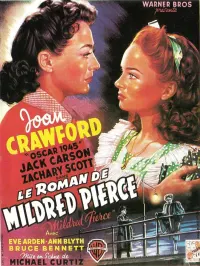




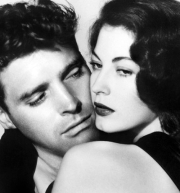













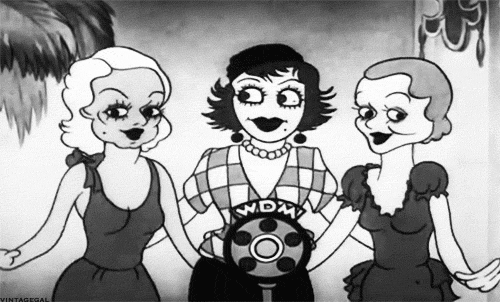


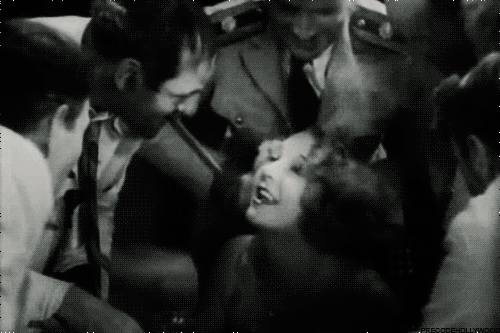


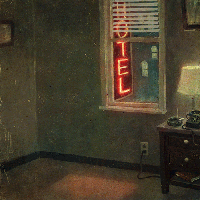
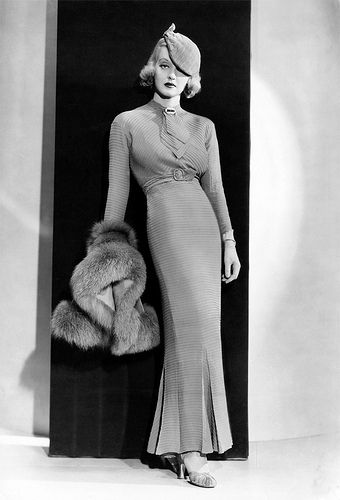



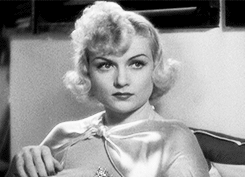
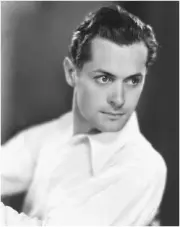
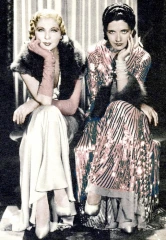

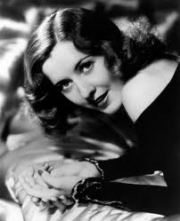



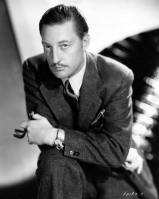




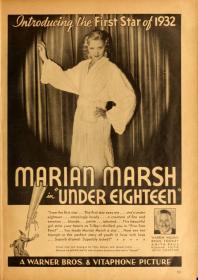
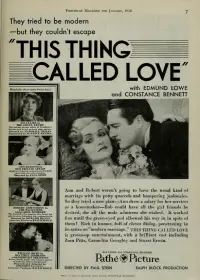

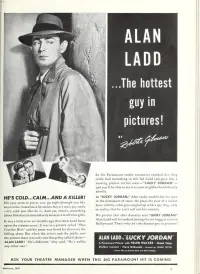
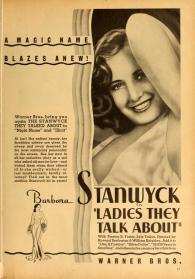

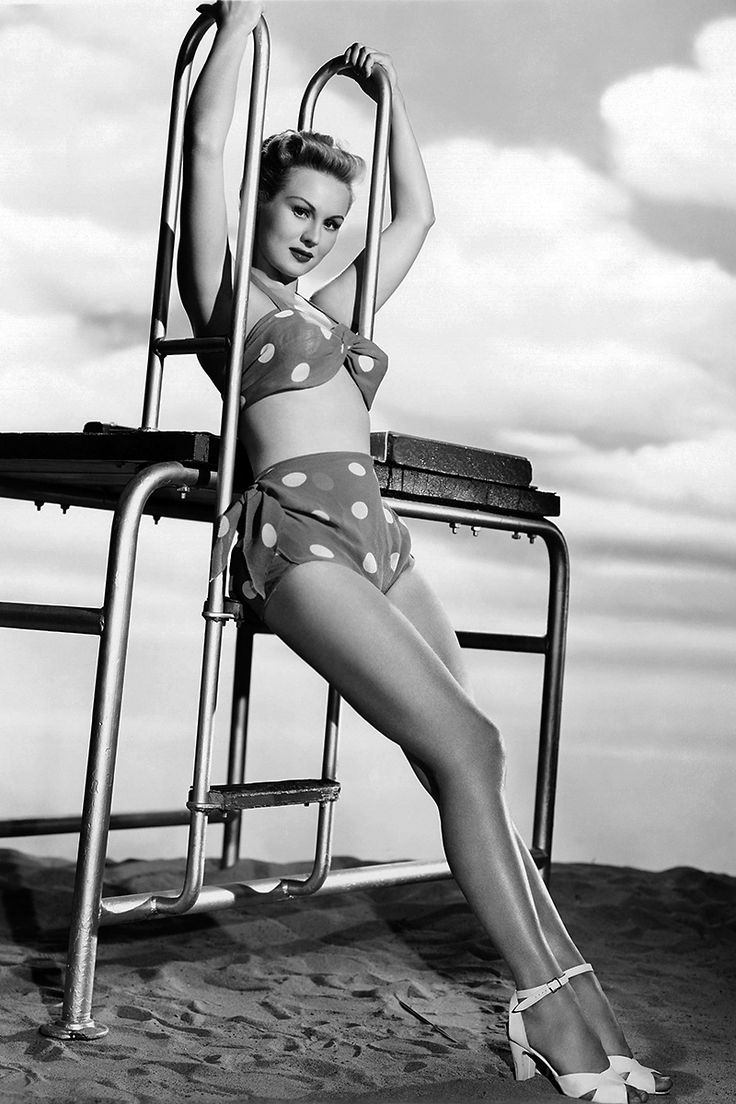



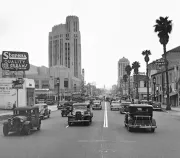
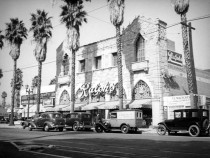


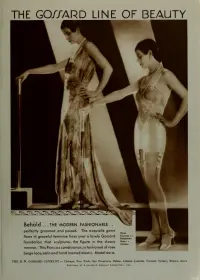

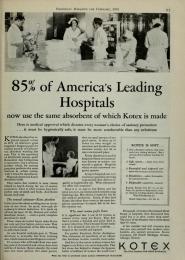

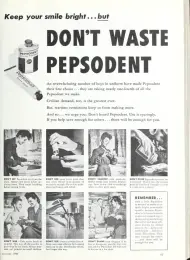


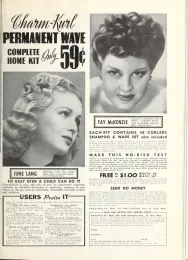





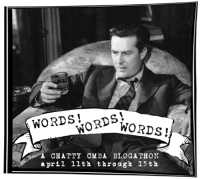

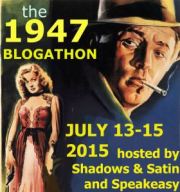
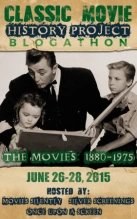
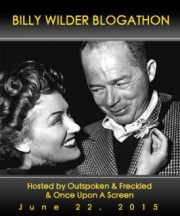


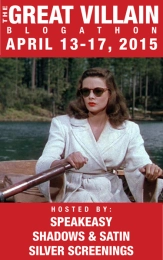


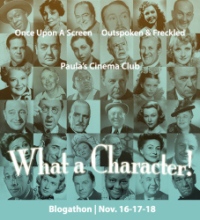
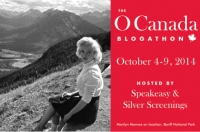


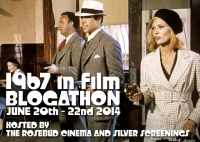


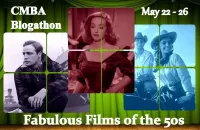
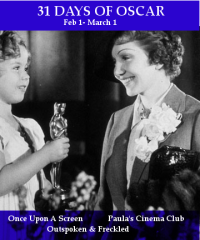
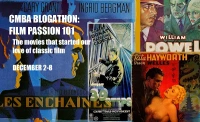







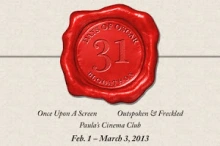

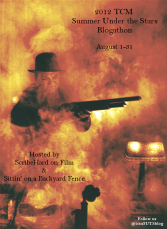


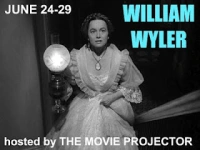





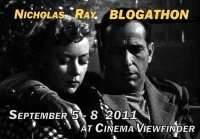

[…] from Shadows and Satin explore the filmography of the legendary Gloria Swanson with five new-to-her films starring this […]
[…] and Satin discusses the early career of the legendary Gloria Swanson, venturing off of Sunset Blvd. to highlight her silent films and early […]
[…] Karen from Shadows and Satin unearths the immense talents of Gloria Swanson […]
THE MARATHON STARS BLOGATHON IS HERE – In The Good Old Days Of Classic Hollywood. said this on March 14, 2024 at 11:52 am |
This is such an awesome marathon! I’ve always wanted to explore Gloria’s early work as well and you chose many of the films I would’ve wanted to see. I adore the “Supporting Miss Swanson” tidbit as well! I’m going to have to give some of these a try soon, particularly Tonight or Never even though you said you didn’t care for it. I adore Melvyn Douglas and Boris Karloff so now that you told me they’re both in it, I can’t resist!
Thank you so much for joining the blogathon and blessing us with such a nice article!
Thank you so much, Samantha! And thank you all for such a great idea for a blogathon — I know that I probably would never have gotten around to seeing these otherwise.
I really enjoyed my reading and discover those five Gloria Swansn fims. I also haven’t seen many of her films! Only Sunset Boulevard and Airport 1975 in which she plays her own role. Thanks so much for taking part in the blogathon!
Thank you, Virginie — and thank you for such an awesome concept for a blogathon. I greatly enjoyed discovering these films — even the ones that I didn’t really like!
You absolutely have to see Sadie Thompson– what a great film and it has one of Swanson’s best performances. I’d put her work in it up there with her performance in Sunset Blvd.
I think I saw one of her early talkies years ago, but it was incredibly forgettable. Her silent work is generally the way to go and there is a lot of fun stuff in there. I think you picked a good variety of her work from her heyday, showing why she was such a great star in silent film and suggesting why that stardom didn’t translate to the talkies.
Thank you so much for your praise for Sadie Thompson — I’ve bumped it to the top of my list and am watching it now!
Awesome, I’m glad!
So glad my review inspired you to seek out Why Change Your Wife! I’m sure you can see why it’s one of my go-to “relax at the end of a long day” silents, ha ha.
“Beth and her new leaf,” love it!
I appreciate your review, Lea, and your blog — it’s helping me a lot as I work on identifying more silent movies to watch!
Fascinating! Swanson is kind of a blind spot for me too, so this doubles as a neat starter guide, I look forward to seeing at least the 2 you liked best. Please do Part 2 sometime when you get to more of hers. Btw Satan Synne would make an awesome drag name! This is an amazing blogathon
Thank you, Kristina! I started Sadie Thompson (can’t believe I found it on Tubi!) and I’m already enjoying it!
Great reviews and overview of Swanson’s career! This reminds me I need to check out more of her early 1920s collaborations with DeMille. I remember watching Male and Female years ago and not caring for but I hear that is one of the weaker DeMille-Swanson vehicles.
I second nitrateglow, Sadie Thompson really is a must watch with a knock out performance from not just Swanson but Lionel Barrymore. I prefer it over the Crawford-Huston Pre-Code remake Rain. Also you get to see Raoul Walsh in his last major acting role pre-eye patch!
Thank you, Shawn! I’m watching Sadie Thompson now and definitely enjoying it — and looking forward to seeing Raoul Walsh!
I’ve been meaning to see Why Change Your Wife for months, and your review has put it at the top of my list. I loved your post! I can’t wait to dive into some of these movies.
Thank you so much, Ruth — I’m glad to know this and I hope you enjoy Why Change your Wife as much as I did. (I’m also really loving seeing Bebe Daniels in her silent films, although she looks so different than in her pre-Codes, I never would have known her.)
[…] Shadows and Satin – Gloria Swanson […]
For the Marathon Stars blogathon a few years ago, I also chose Swanson, but ended up with a completely different line-up! I chose only silent films and loved every minute of it! I also loved your reviews.
Here’s my post from the past:
https://criticaretro.blogspot.com/2019/03/a-gloriosa-gloria-swanson-glorious.html
Cheers!
Le
Thank you for sharing your post, Le! How interesting that we picked the same person but chose all different films! I enjoyed reading about the ones you watched — I’m most interested in seeing Queen Kelly!
This is a great lineup! I’m definitely curious about seeing Boris Karloff playing a butler. 🙂
Imma gonna try to work “Gloria, hallelujah” into conversation as much as possible 😉
I’ve been low-key obsessed with Swanson since I saw her in HOLLYWOOD: A CELEBRATION, and I’m sure Le Swanson would’ve gobbled up this fantastic tribute like her beloved dried seaweed snacks. Great post!